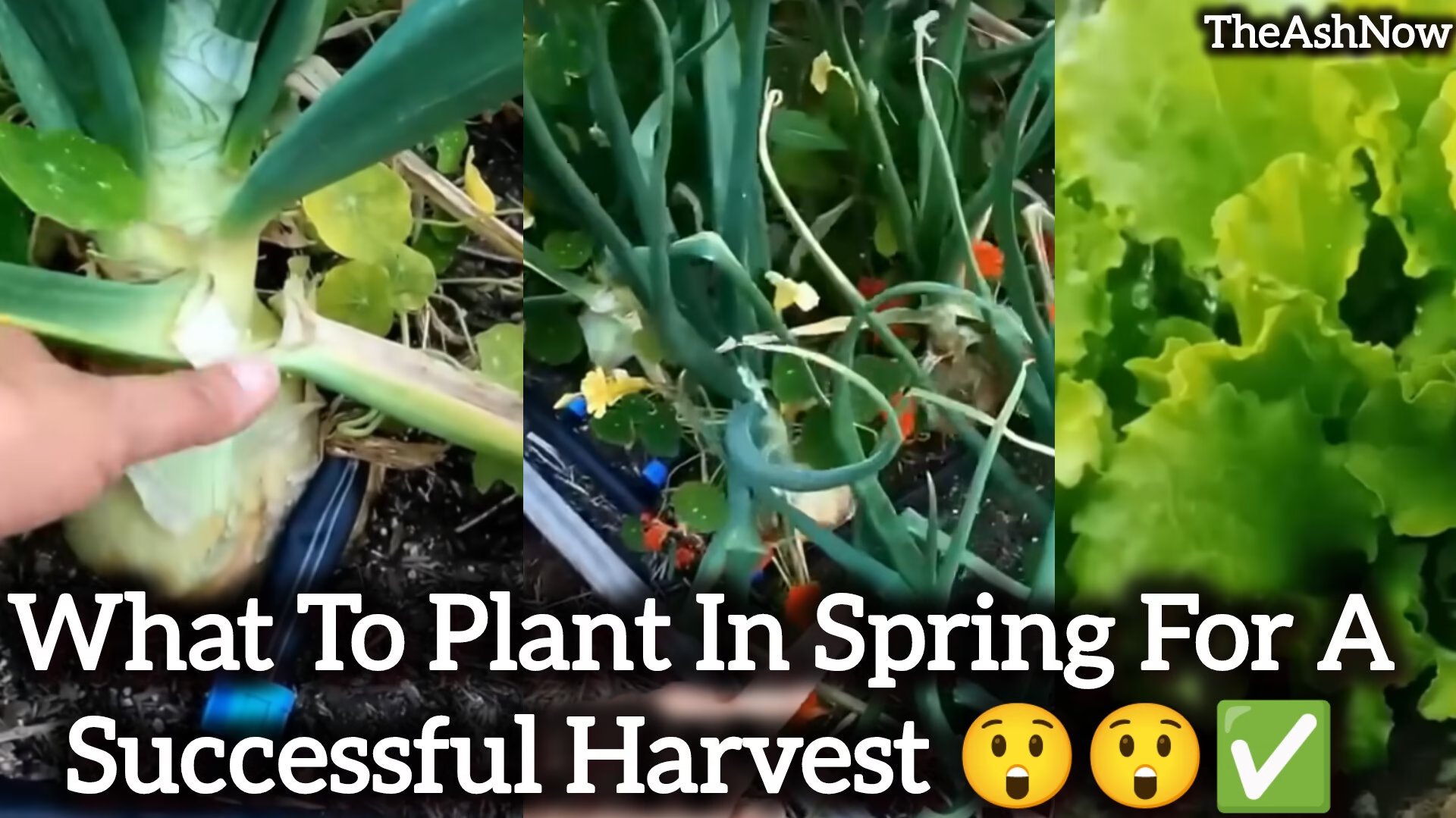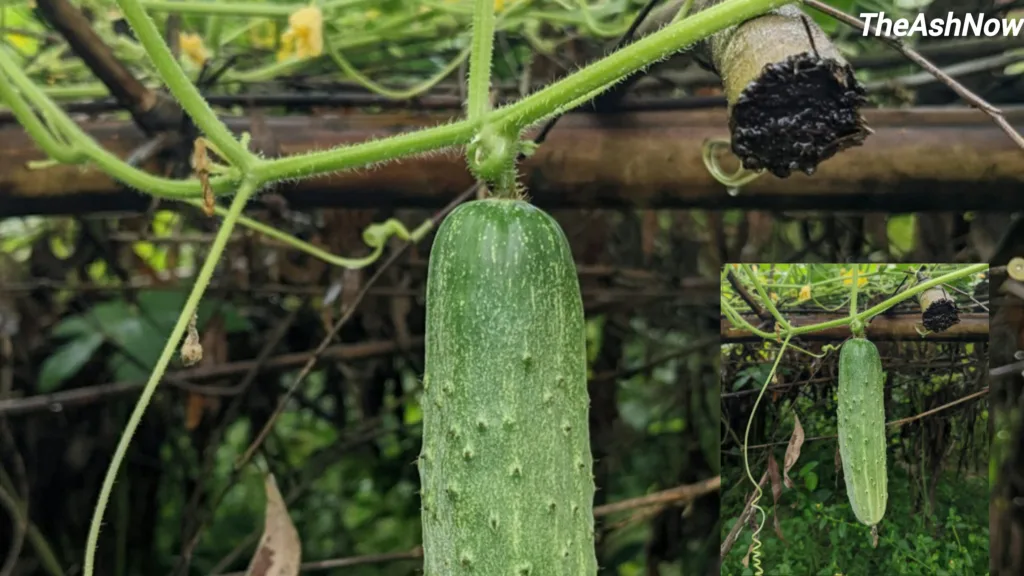What to Plant in Spring For a Successful Harvest: A Basic Guide For Beginners
Spring is a season of renewal and boom—a time when the earth awakens from its winter slumber and bursts forth with new lifestyles. Whether you’re a pro gardener or a budding amateur, understanding what to plant in spring can set you up for a bountiful harvest in the year. In this weblog submission, we’ll explore the suitable plants to plant during the spring season in conjunction with realistic pointers and strategies to help your garden flourish.
Table of Contents
1. Understanding the Spring Garden
Embracing the Season of Renewal
Spring’s moderate temperatures and longer daylight provide the appropriate surroundings for lots of greens, herbs, and even a few culminations. This season is all about taking advantage of nature’s renewed energy to kickstart a boom in your garden. As the ground thaws and the danger of frost diminishes, you have the opportunity to sow seeds and transplant hardy seedlings.
Know Your Zone
Before you start planting, it’s essential to apprehend your neighborhood climate and hardiness zone. The USDA Plant Hardiness Zone Map is a notable, useful resource that could assist in determining the exceptional planting times in your vicinity. In cooler areas, it is probably smart to begin seeds indoors before transplanting them outdoors, even as warmer areas may allow for direct sowing.
2. Soil Preparation: The Foundation for Success
Testing and Amending Your Soil
A hit harvest starts with healthy soil. Begin by trying out your soil’s pH and nutrient stages with the use of an easy package or with the aid of sending a sample to your nearby extension provider. Based on the effects, amend your soil with natural compost, properly-rotted manure, or specific mineral dietary supplements to ensure the most appropriate fertility and drainage.
Preparing the Garden Bed
Clear out any remnants of iciness particles and work the soil to an intensity of about 12-18 inches. Adding organic rely will enhance the soil structure, making it more conducive to root increase and moisture retention. Consider the use of raised beds or containers if your lawn soil is bad or if you’re gardening in a constrained space.
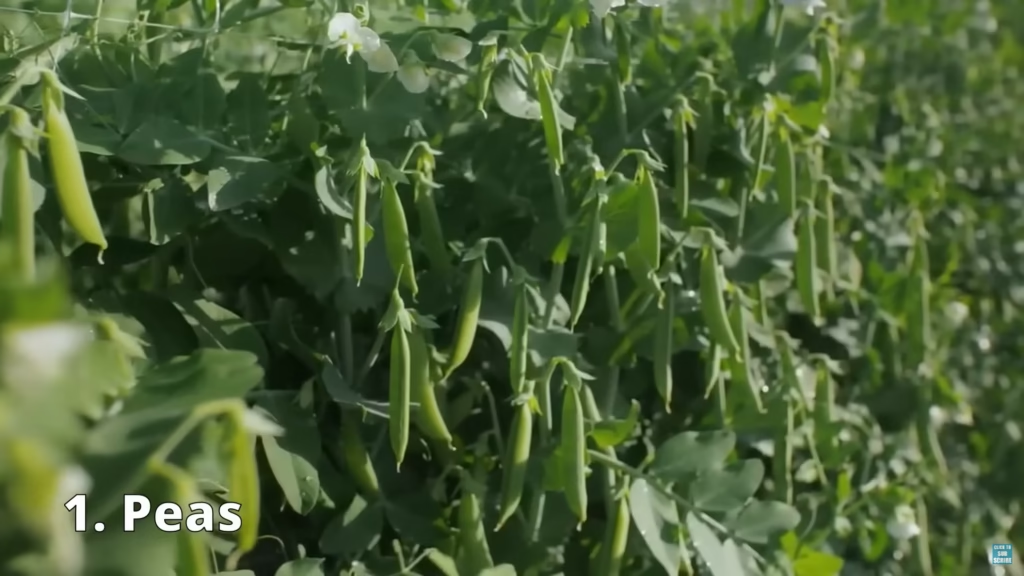
3. What to Plant: A Seasonal Breakdown
A. Vegetables
Spring is good for a wide array of greens, especially for people who thrive in cooler temperatures. Here are some pinnacle choices:
- Peas: Whether you pick snap, snow, or shelling peas, they may be smooth to develop and improve the soil with nitrogen.
- Lettuce and Other Greens: Varieties including romaine, butterhead, and spinach flourish in spring. They develop quickly and can usually be harvested.
- Radishes: Perfect for early spring, radishes are short to mature, making them perfect for filling in gaps between slower-developing plant life.
- Broccoli & Cauliflower: Start these brassicas indoors and transplant them in early spring to enjoy a crisp, nutrient-rich harvest.
- Carrots & Beets: These root vegetables do well when planted early, providing a hearty harvest as the temperatures gradually warm up.
- Potatoes: Plant seed potatoes in early spring for a summer harvest. They require well-drained soil and consistent moisture.
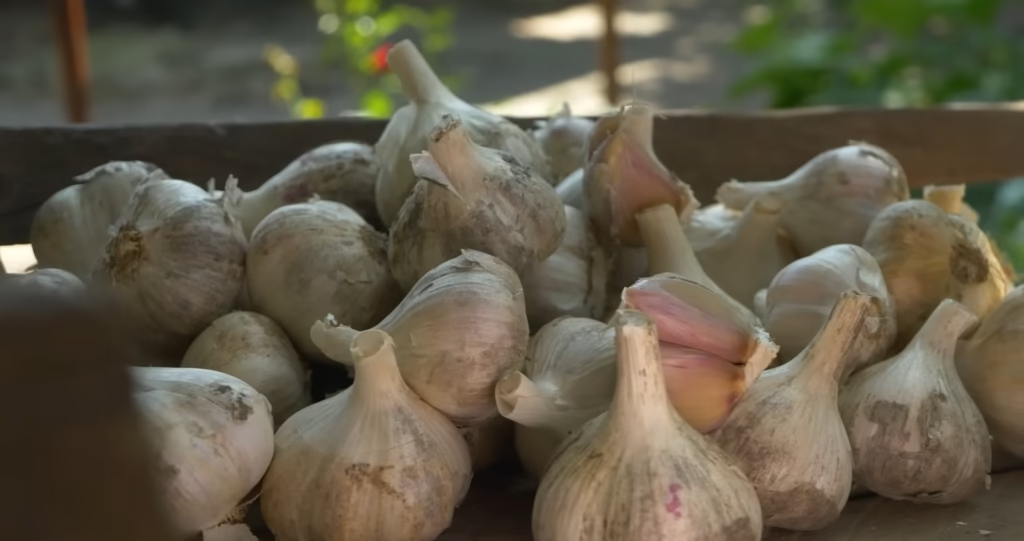
B. Herbs
Herbs can enhance your culinary endeavors and, some even offer pest-repelling properties:
- Parsley and Cilantro: Both are cool-weather herbs that can be directly sown in the garden.
- Chives: Easy to grow and perennial, chives add a burst of flavor to many dishes.
- Mint: While it thrives in spring, consider planting mint in containers to prevent it from taking over your garden.
Tip: Many herbs can be started indoors and transplanted outdoors once the weather stabilizes, giving them a head start on the growing season.
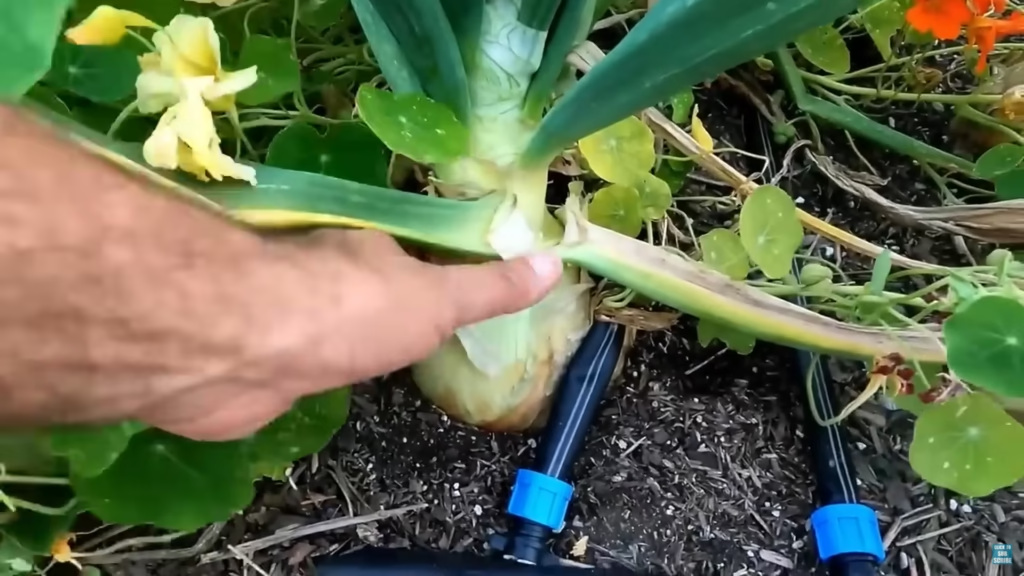
C. Fruits and Berries
Although many fruits choose hotter climate, spring is a brilliant time to set the degree:
- Strawberries: Early spring is ideal for planting strawberry runners. They set up quickly and offer sweet rewards in the early summer season.
- Fruit Trees: For people with area, early spring is an excellent time to plant fruit timber like apples, peaches, and plums. Ensure you select sickness-resistant types and give them plenty of space to grow.
4. Tips for a Successful Spring Harvest
Water Wisely
Proper watering is essential, especially at some stage in the early degrees of plant increase. Aim for constant moisture without overwatering, as too much water can result in root rot and fungal diseases. Drip irrigation or soaker hoses are splendid options for making sure your plants get the water they need.
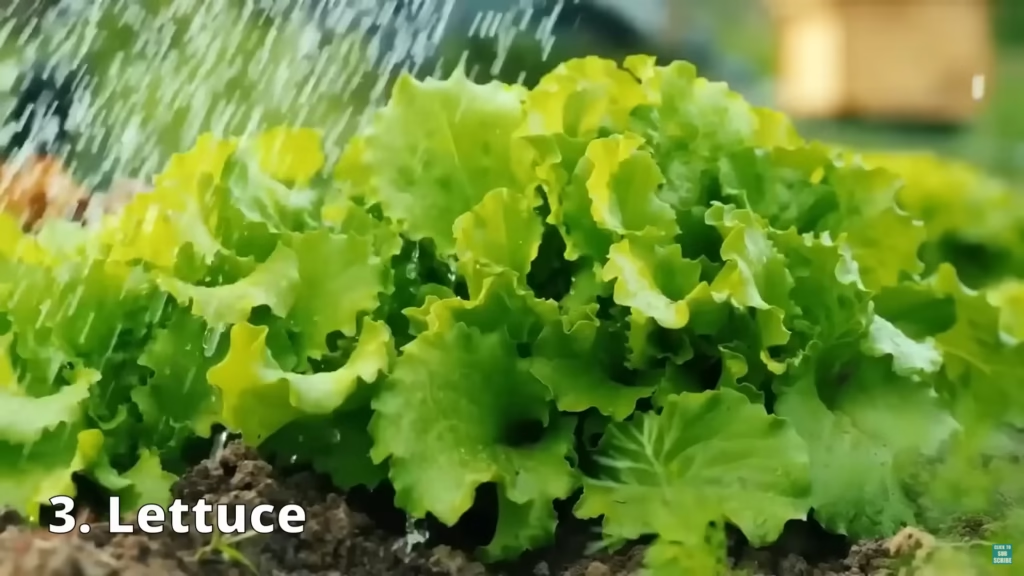
Protect Against Pests
Spring also can bring pests and sicknesses. Use natural mulches to suppress weeds and preserve soil moisture, and remember partner planting—pairing flora like basil with tomatoes—to deter pests.
Thinning and Transplanting
To avoid overcrowding, thin seedlings as they grow to permit enough area for each plant’s development. When transplanting, harden off your seedlings regularly by way of exposing them to outdoor conditions over per week earlier than transferring them permanently outside.

Crop Rotation
Avoid planting the same family of vegetation in the same place year after year. Rotating your vegetation prevents soil nutrient depletion and reduces the risk of disorder buildup.
5. Planning for Continuous Harvest
Succession Planting
To revel in an extended harvest season, don’t forget succession planting. This technique entails sowing a new crop every few weeks, ensuring a continuous supply of clean produce. For instance, plant a new batch of lettuce every 2-3 weeks for a consistent delivery of greens.
Companion Planting
Pairing well-matched vegetation now not only effectively maximizes space but can also decorate increase. For example, planting basil close to tomatoes can enhance taste and assist repel insects. Similarly, marigolds are recognized to deter a whole lot of pests and can be interplanted with veggies for a herbal pest control answer.

Conclusion
Spring gardening is a profitable enterprise that offers each the joy of watching new life emerge and the sensible gain of a healthy, home-grown harvest. By cautiously choosing plants that thrive in cooler weather, making your soil nice, and enforcing smart gardening practices like succession and partner planting, you may experience a successful harvest that extends well into the summertime months.
Embrace the beauty of spring and remodel your lawn right into a vibrant, efficient haven. Happy planting and here’s to a bountiful harvest!
Frequently Asked Questions (FAQs)
All FAQs With Answer
1. When is the pleasant time to start planting in spring?
The most advantageous time depends on your nearby weather and the last expected frost date. Generally, you have to begin planting as soon as the soil temperature reaches at least 50°F (10°C) and the hazard of frost has exceeded. For cool-weather crops, you could begin by sowing seeds interior 4-6 weeks before transplanting them outside, then transplant whilst conditions are favorable.
2. How do I understand if my soil is prepared for planting?
Testing your soil is fundamental. Use a home testing package or ship a sample to your neighborhood extension carrier to check pH degrees and nutrient content. Healthy soil has to be properly drained, rich in organic remember, and have a balanced pH. Amending the soil with compost or nicely rotted manure can improve its shape and fertility, ensuring a robust start on your vegetation.
3. What are some of the fine veggies to plant in early spring?
Early spring is good for cool-weather vegetation that may deal with decreased temperatures. Some high-quality picks consist of:
• Peas: They thrive in cooler weather and even help increase the soil with nitrogen.
• Lettuce and different leafy vegetables: Fast-developing and perfect for successive plantings.
• Radishes: Quick to mature, making them great for filling in lawn gaps.
Broccoli and cauliflower: Best started indoors and transplanted after the danger of frost.
• Carrots and beets: These root greens do well in early spring situations.
4. How can I protect my spring lawn from pests?
Preventing pests entails a mixture of proactive measures:
• Mulching: Use natural mulches to suppress weeds and preserve moisture.
• Companion planting: Pair plants like basil with tomatoes to naturally deter pests.
• Physical limitations: Consider row covers or netting to keep bugs away.
• Regular inspections: Early detection and elimination of pests can prevent infestations.
5. What is succession planting, and how does it increase my harvest season?
Succession planting is the exercise of sowing new vegetation at normal periods (each 2-3 weeks) instead of all at once. This technique allows you to have a non-stop delivery of clean produce at some stage in the developing season. It also helps manage garden areas correctly and stops the depletion of soil nutrients by rotating crops.
Related Post: Home Gardening 👇


